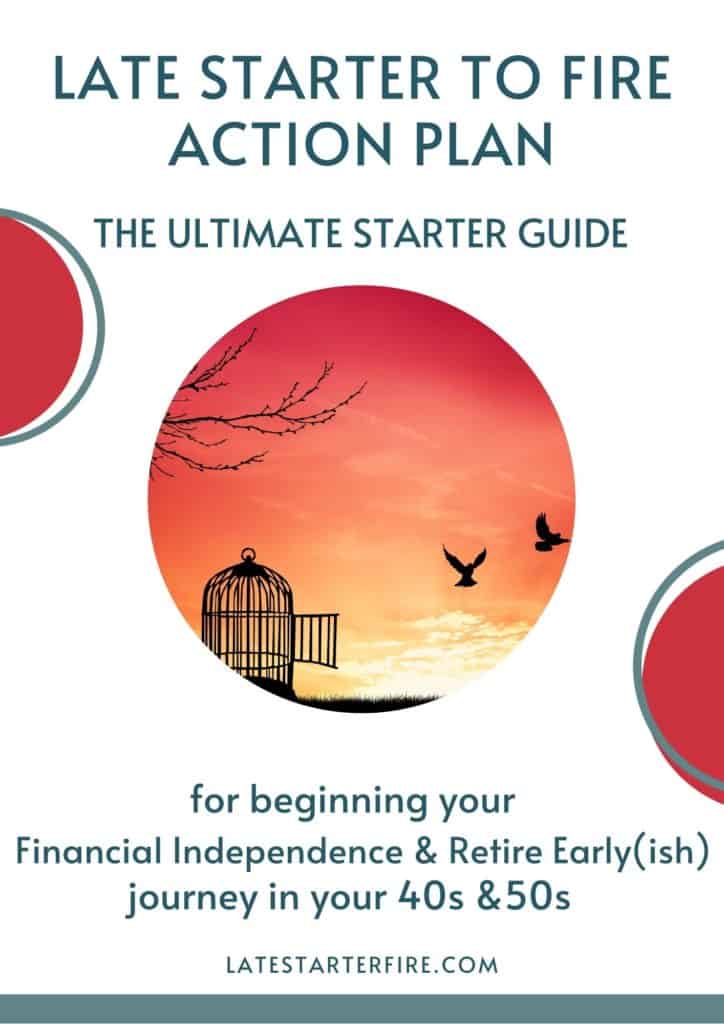Increasing my income streams is one of my goals in 2021.
But I shudder when I read or hear about participating in survey sites to earn extra money.
When I first came across FIRE (Financial Independence Retire Early) three years ago, I enthusiastically looked into survey sites and signed up to a few. They were awful. I got phone calls during the day from all sorts of businesses, wanting me to answer endless questions for the chance to enter a draw to win some prize.
So when I heard about Octopus Group (affiliate link) – in a post on Aussie Firebug‘s facebook group, I was hesitant. But I was intrigued by its claim as Australia’s highest paying online survey group.
So I signed up.
Disclosure: Please note that I may benefit from purchases made through my affiliate links below, at no cost to you
What is it about?
Companies or governments (local, state and federal) regularly survey members of the public about their products and services. They want our opinions and seek to improve their offerings based on our feedback.
These companies offer to pay people to answer their questions, understanding that it may be time consuming. Octopus Group helps these companies reach out to a membership that is happy to participate in their surveys.
Signing up
It is free (affiliate link) to sign up.
The process is easy and simple but you do have to answer a lot of questions – about you (age, gender, postcode), the products and services you use. These answers determine which surveys are sent to you.
For example, if a company is looking for feedback from 30 year old males living in Sydney – I will not get that survey because I do not fit that criteria according to my profile.
The rewards
Many paid survey sites reward you with points and when you reach a certain number of points, you can redeem them for gift cards.
What I love about Octopus Group is that they reward you with cold, hard cash. You can cash out once you have $20 in your balance, directly into your bank account.
Or you can get a Flexi electronic gift card instead which can then be converted to gift cards from major retailers. You can also choose to donate to charities such as Australian Cancer Research Foundation and Beyond Blue.
I prefer to be rewarded in cash because every extra cent is going into my Antarctica account – this is a fun way for me to obtain some extra funds 💰
Are you READY to TAKE ACTION today?
🔥 practical tips & strategies
🔥 step by step guide
🔥 cut the overwhelm, second guessing & paralysis by analysis
How does it work?
Surveys are delivered to you based on your profile. Octopus Group does not guarantee how many surveys you get. It depends too on how many people are in your demographic or have similar profiles to you. And how many people of your target group that the companies want to survey.
Once you receive notification via your phone app (simplest way to be notified unless you like email notification), log into the app. You will see the name of the survey, estimated time needed to complete survey and how much you’ll be paid.
Select the survey you want to participate in and away you go.
You’ll be asked ‘screening’ questions about your gender, age and postcode or state you live in. If you fit what they are looking for, you’ll enter into the survey proper and get more questions.
If after a few questions, you are deemed not suitable for whatever reason, you will still be paid a very small fee – 5 cents 🙂 Even though it’s only 5 cents, you haven’t wasted much time at this stage.
I mostly complete surveys on my phone but there are times when the surveys are best completed on a tablet or desktop – they will inform you of this at the beginning.
What sort of surveys have I completed?
All sorts – from my views on Covid 19 vaccination to buying a car to whether I’ve seen advertising campaigns on superannuation products. Unfortunately I don’t drink alcohol so always get ‘Screened Out’ for those surveys 🙁
My top tips on maximising your chances of getting surveys and being paid
1. Establish your profile
Answer as many of the questions as you can to establish your profile – you can go back and update your answers later.
This gives Octopus Group the best chance of sending surveys that are relevant to you and that you will actually be qualified for.
If your profile data is not complete, they will send you random surveys that you may or may not qualify for in the end.
2. Start the survey as soon as you are notified
Surveys are sent out randomly to people of the same demographic as you. Therefore when the maximum number of people like you have completed the survey, they don’t need your participation any more. You will informed that the status is ‘Quota Full’
Surveys are mostly sent on Mondays to Fridays during normal working hours. Because I work full time during these hours, I may not be able to respond immediately when the surveys are available. I mostly do the surveys after work or during my lunch break. And therefore often miss out.
Despite this ‘fail’, I’ve still redeemed around $200 since I started in late November 2020.
3. Don't be too quick when submitting answers
In the beginning, I kept being ‘Screened Out’
This can be due to a number of reasons such as not qualifying for the survey or sometimes ‘Quality flagged’ is recorded as ‘Screened Out’.
Apparently, they’ve pre determined the length of time it takes to fill out the survey and offer a fee accordingly.
I am a fast reader. At the beginning, I was speed reading everything and sped through the survey – and was penalised as a result. ‘Screened Out’ still pays 5 cents but I would prefer the full amount 🙂 Plus if you are consistently being quality flagged, you won’t get many surveys.
So now I slow down and my chances of being paid have improved.
4. Refer your friends and family
You earn $1 upon your friend registering and then $1 per completed survey up to a maximum of $20 per referral.
Your friends and family may be in different target groups, based on their age and gender. They probably use different products and services. Therefore they may qualify for surveys that you are not qualified for. This then improves your chances of being paid.
So a big thank you to those who have registered using my link.
Final Thoughts
This income stream will not make me a millionaire. Nor would I describe it as a side hustle. I simply don’t hustle enough for it 🙂
But it is a simple and fun way to earn some extra cash without a lot of effort or having to learn new skills. All you are doing is answering some questions online and sharing your opinions. And getting paid for your effort!
Yes, I would recommend Octopus Group as a way of earning some extra cash. And if you can maximise your chances of getting more surveys by using my tips, you’ll earn much more than what I can at the moment.






